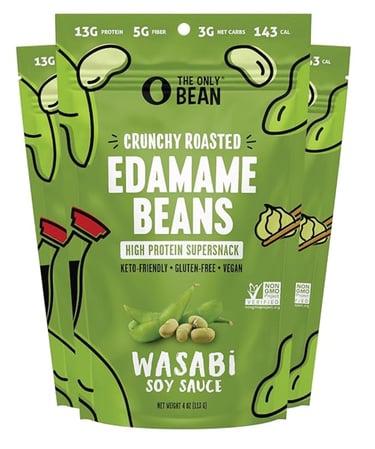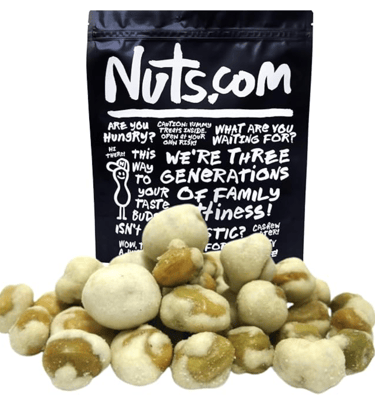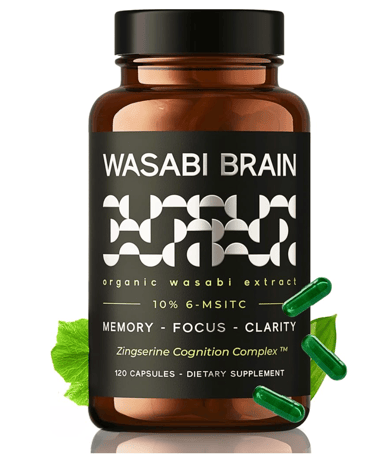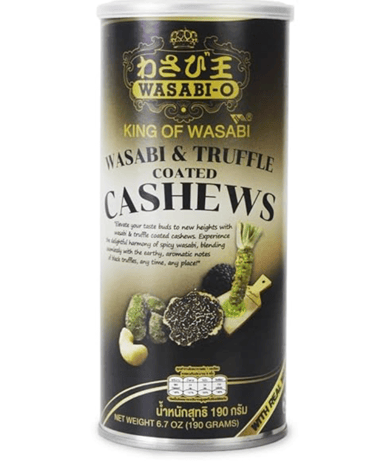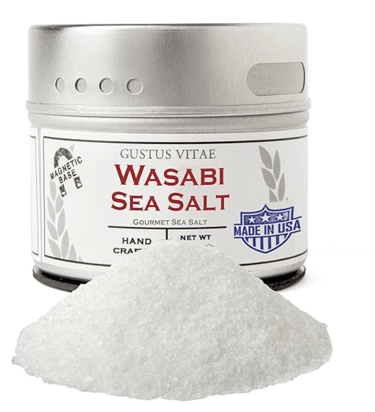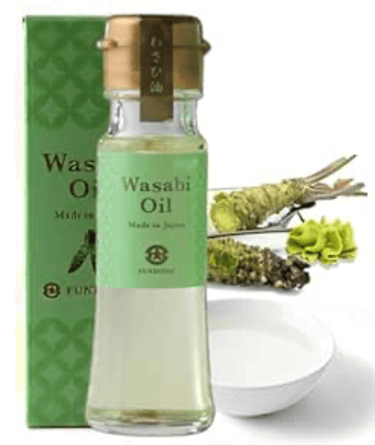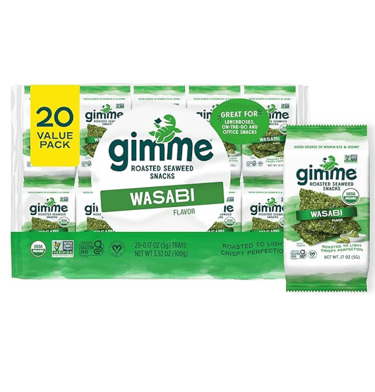What is Wasabi? Health Benefits & Growing Guide
Discover what wasabi is, how it’s grown, and the incredible health benefits of this rare Japanese plant. Explore our comprehensive guide to learn why wasabi is so valuable and unique.
9/16/202511 min read
Introduction
What is Wasabi?
How Does Wasabi Grow?
History of Wasabi
Traditional Wasabi Cultivation Methods
Wasabi Production Regions
What makes Wasabi's Aroma Unique?
Uses of Wasabi
Global Market Value of Wasabi
Different Products with Wasabi
Conclusion
This isn’t exactly breaking news, but you may not have noticed it before: wherever you go in the world today, The wasabi you eat is usually not real wasabi. That green paste on your plate is actually horseradish. True wasabi is a rare and valuable plant that simply cannot meet the global demand. So, what exactly is wasabi? How does it grow? Why is it so scarce? And what makes it so precious?
We usually see it as a small paste alongside sushi plates, but its story is far more interesting than what reaches the plate. Wasabi is actually a highly significant plant for health and an endemic food that is extremely difficult to cultivate.
Today, it is grown in various countries around the world, including New Zealand, the United States, Korea, and Brazil, as mentioned on the site.




What is Wasabi?
Wasabi, also known as Japanese horseradish, is an aromatic plant native to Japan, famous for its unique flavor.
Its history in Japan dates back many centuries. Initially, it was not called “wasabi.” In the early days, the Japanese referred to it as wild ginger, and it was primarily used for medicinal purposes and health benefits.


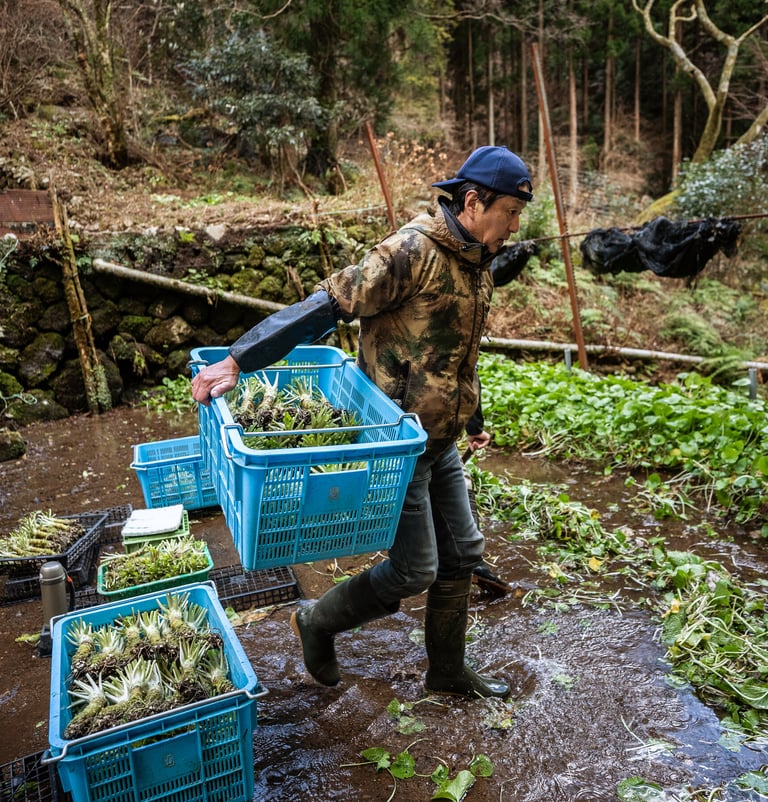

How is Wasabi Grown?
Even under optimal conditions, wasabi is a labor-intensive plant, making its cultivation quite expensive. It can grow both in soil and in water, with water-grown wasabi being the highest quality. Growing it is very challenging, as it cannot thrive in high temperatures. Wasabi prefers a humid environment and grows within a specific temperature range, approximately between 8–18°C. So, while it requires meticulous labor, why is it produced in such limited quantities?
There are several reasons. Its growth process demands very specific conditions. To cultivate the best quality wasabi, traditional Japanese farming techniques must be followed. One of the main requirements is continuously flowing, clean, nutrient-rich water. Additionally, traditional methods rely almost entirely on human labor, with minimal use of pesticides.
Does greenhouse cultivation work?
Those who succeed in growing wasabi often set up water channels between plants in greenhouses. However, this is far from easy. Climate changes directly affect the quality of wasabi. Rising temperatures and prolonged summers make cultivation more difficult. In regions with hot climates, growing wasabi naturally is extremely challenging; the plant will not thrive.
A stable environment with cold temperatures within a specific range, proper humidity, flowing water, nutrient-rich soil, and abundant oxygen is not optional but essential for wasabi cultivation. These conditions are difficult to replicate even in large-scale production and are rare in nature. Like vanilla or truffles, wasabi is delicate and requires special care. Furthermore, minimal pesticide use is crucial, as chemical treatments can reduce its quality. Its fragility is what makes it so precious; even minor changes can spoil it. People who have tried growing it at home report that summer heat often ruins the plants, making it impossible to grow wasabi from organic seeds in a regular garden.




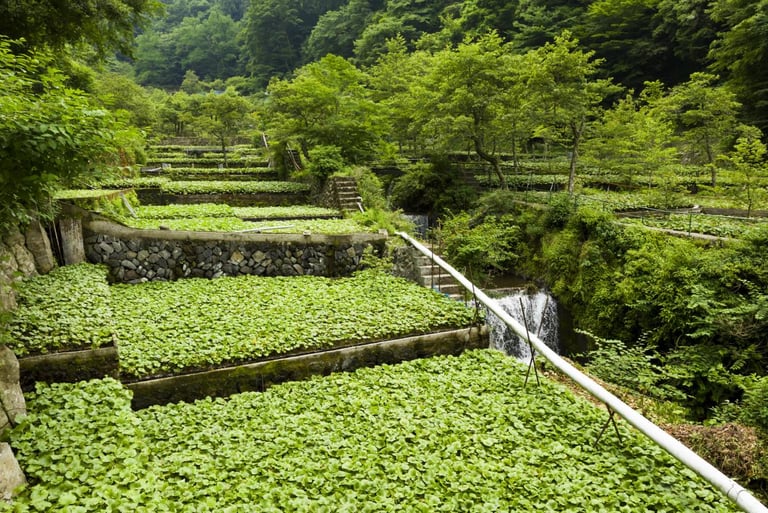

Types:
There are 20 known varieties of wasabi grown in Japan. They can differ in many characteristics, including color, size, number of leaves, and heat tolerance. However, the most common varieties are Daruma and Mazuma, with Daruma considered the highest quality.
These two types are the ones typically found in the market. The other varieties are not easily accessible and usually require contacting a producer directly to obtain them. Even if they appear in the market, someone who is not knowledgeable about wasabi or involved in its cultivation would likely be unable to distinguish between the different types.
This image is taken from the New York Times.
History of Wasabi Cultivation:
The use of wild wasabi dates back to the 6th century, while its cultivation began around the 1600s during the Edo period.
In Japan, wasabi gradually became more widespread. Historical records indicate that at one point, the famous Shogun showed particular interest in wasabi, leading to a period of monopoly. By the 18th century, knowledge of wasabi cultivation started to spread to different regions. The Tatami-ishi style of cultivation, a distinctive agricultural technique, originated in 1892 in the Izu region and gradually expanded across Japan.
Following the earliest Jizawa methods, the Tatami-ishi technique became increasingly common in Izu during the Meiji era.




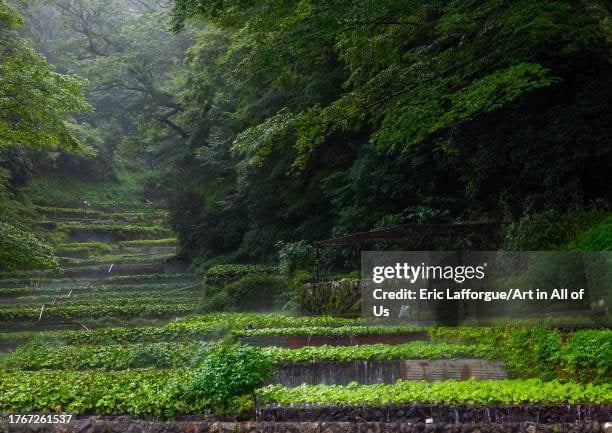

Within traditional Japanese culture, there are two historic styles of wasabi cultivation:
Jizawa Style (the oldest method)
Tatami-ishi Style (stone terrace / “tatami stone” method) – Both of these methods are recognized under the Globally Important Agricultural Heritage Systems (GIAHS) in the Shizuoka–Izu region.
Jizawa Style:
Oldest method: Cultivation takes place in shaded mountain valleys where wasabi naturally grows, in moist soil, alongside natural water channels.
Soil-based: Plants are directly planted into the soil.
Inefficient but traditional: Small-scale and labor-intensive, mainly for local consumption.
Cultural heritage: Historically known as the “first method.”
Tatami-ishi Agriculture:
Japan is geographically very mountainous, making agriculture on steep slopes extremely challenging. However, hundreds of years ago, a highly ingenious method of cultivation was developed for these steep terrains. Gravel and sand are spread over the slopes, creating the foundation for Tatami-ishi farming.
This method can also be described as terraced agriculture, where the ground is layered into terraces.
In the 19th century, a skilled stonemason developed the Tatami-ishi technique, which is highly specialized and detailed. Large stones are placed into dug-out soil, followed by smaller stones, and then topped with sand. This creates a natural filtration system that mimics the environment, allowing the plants to be watered with exceptionally clear, filtered water while providing ample oxygen and nutrients. Water flows from the upper terrace to the lower levels, ultimately nourishing the wasabi with fresh spring water sourced from the top of the mountains.
Minimal pesticide use is practiced, and cultivation occurs in the most natural way possible. This method allows for sustainable farming with minimal mechanization, harmonizing with nature and causing little environmental impact. Additionally, native trees planted between terraces provide shade and protection from the sun. I believe the continued practice of this method today reflects the Japanese respect for their culture and endemic resources.
This agricultural system also supports other local wildlife, including birds, endemic species, and various plants. Unauthorized access to these cultivated areas is strictly prohibited.
The Tatami-ishi method represents the most productive type of wasabi cultivation. Furthermore, the same water system benefits lower terrace rice paddies and freshwater fish farming, demonstrating the integrated and sustainable nature of this method.
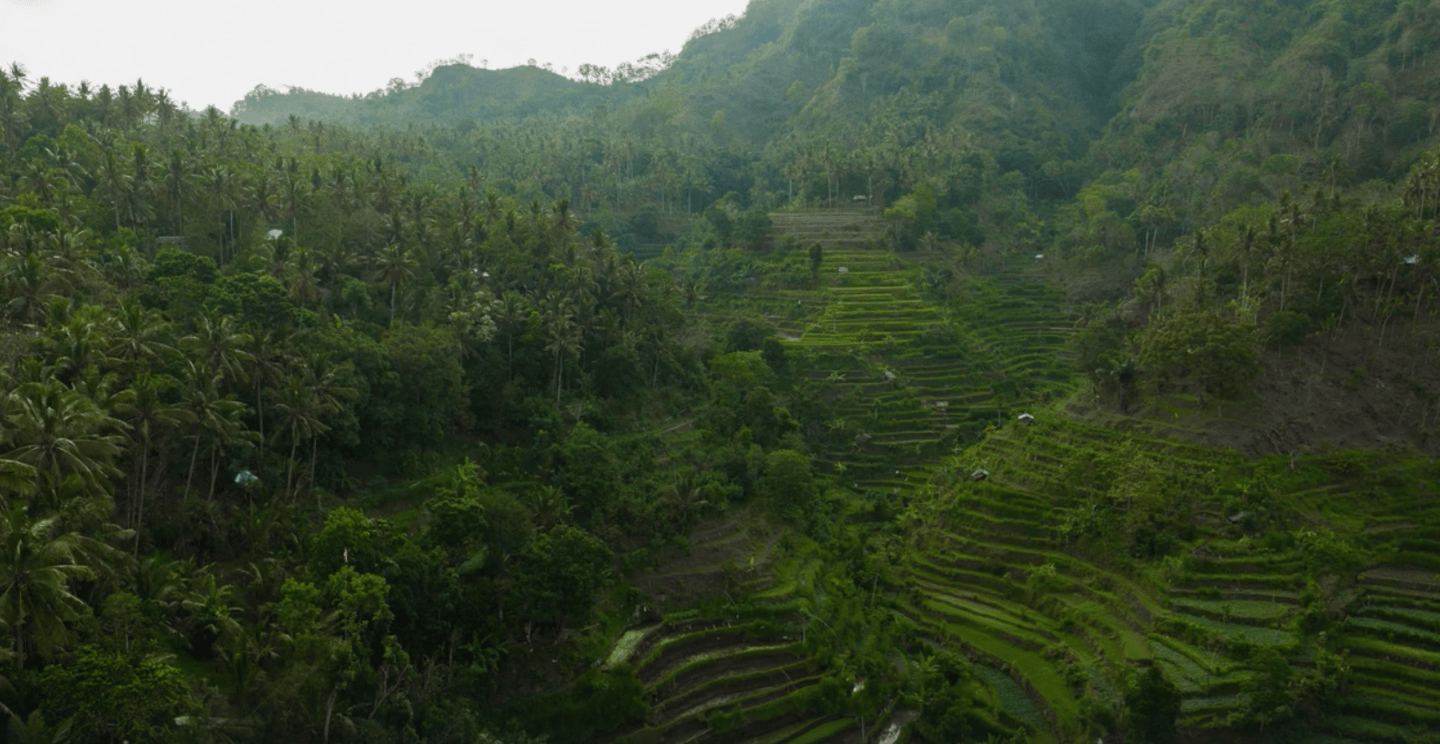





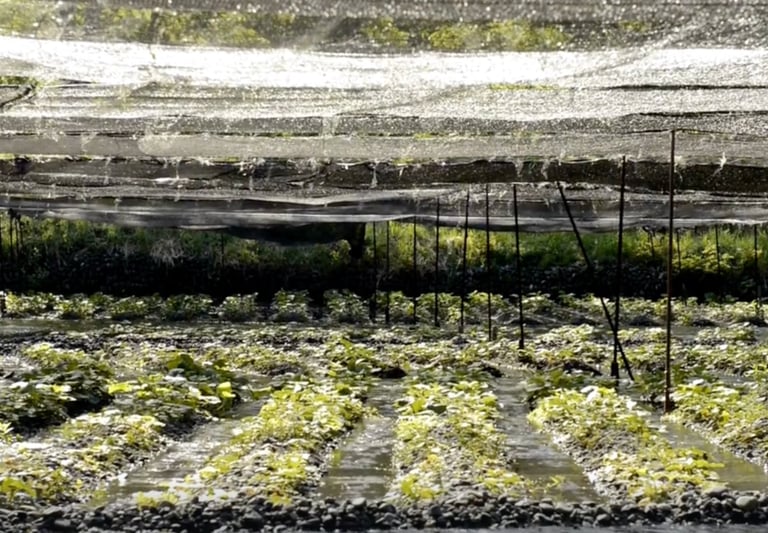

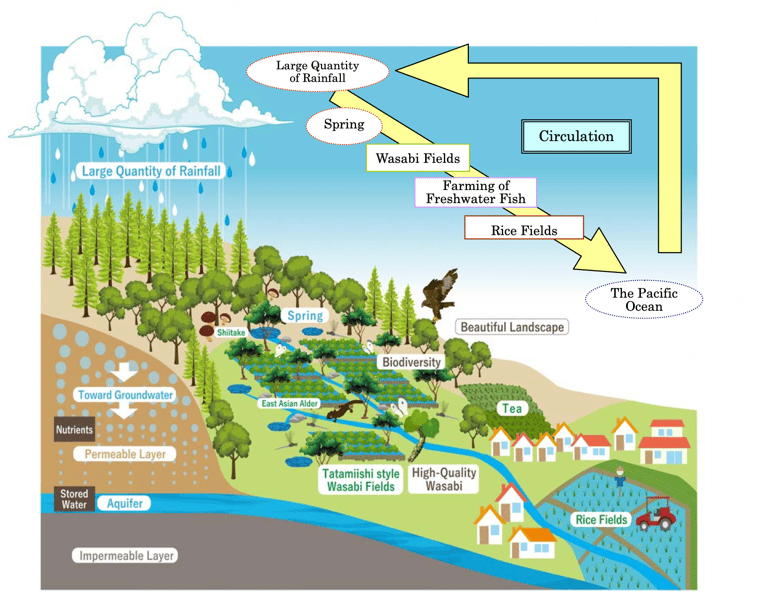

You can actually see a summary of what I’ve explained in the diagram.
Of course, this cultivation information refers to traditional wasabi, meaning the original and highest-quality wasabi grown in Japan. The fact that the Japanese have continued cultivating this endemic plant for centuries is highly significant. But how do they achieve this?
Japanese cultural heritage was recognized by UNESCO in 2013, reflecting their deep respect for their traditions. Respect for what exactly? For the soil, the water, the wasabi itself, endemic resources, their culture, and even each grain of rice. Thanks to this dedication, families have been able to maintain and pass down the cultivation of the highest-quality wasabi from generation to generation.

Wasabi Production Regions:
The largest and most renowned wasabi production takes place in Shizuoka and Nagano, while other regions are smaller but historically significant.
The main wasabi-growing regions in Japan include:
Shizuoka (Izu Peninsula, Amagi Mountains)
Nagano (Azumino)
Yamanashi (around Mount Fuji)
Iwate
Kochi (Shikoku)
Kyoto
Shimane
Oita (Kyushu)
Wakayama


What Makes Wasabi’s Aroma Unique?
The distinctive aroma of wasabi comes from ITCs, which stands for isothiocyanates. These are sulfur-containing compounds that are volatile, much like menthol, which is why wasabi has such a sharp, pungent scent. While these compounds are responsible for its signature spiciness, consuming them in excessive amounts can be toxic. Naturally, wasabi contains them in limited quantities, and overconsumption is not recommended.
But does ITC only provide a spicy flavor?
No. Research has shown that ITCs in wasabi can selectively target cancer cells while leaving healthy cells unharmed—a significant advantage over chemotherapy, which often damages both healthy and harmful cells and carries numerous side effects.
ITCs also help combat inflammatory conditions such as asthma and anaphylaxis, seasonal allergies, eczema, and various bacterial and fungal infections. They have been observed to be effective against stomach ulcers and certain tumor cells. Wasabi even acts like an antidote against food poisoning, which is believed to be why the Japanese traditionally pair it with raw fish.
And that’s not all:
ITCs can reduce diarrhea,
Act as antioxidants,
Regulate the immune system,
Support cardiovascular function.
In short, ITCs are a naturally occurring, potent medicinal compound.
Can we easily access wasabi? Not really. Fresh wasabi is rare and expensive. Those who can consume it regularly are truly fortunate. Despite its scarcity and high price, I have yet to find a place to purchase it fresh and try its flavor. From what I have read, it has a very sharp taste.
It’s worth noting that ITCs are not exclusive to wasabi—they are also found in cruciferous vegetables such as broccoli, cauliflower, and kale. Including these vegetables in your daily diet is important because they provide similar health benefits, including reducing cancer risk. Organic versions are preferred for maximum potency. In fact, studies have shown that ITCs can elicit a response ten times greater than aspirin in certain tests.
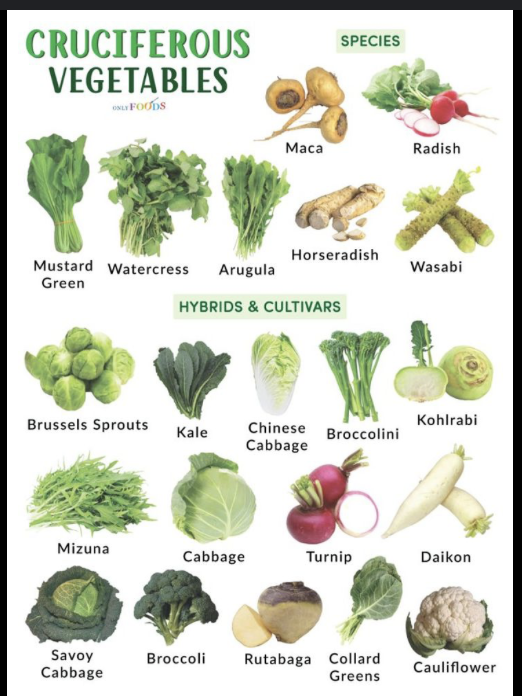







Uses of Wasabi:
The most common use of wasabi is as a freshly grated paste served on sushi or sashimi. It is frequently added directly to food, especially raw fish, because it acts as a natural antibacterial agent, helping to prevent illnesses that can come from consuming raw foods.
The leaves and stems are also traditionally consumed. For example:
Wasabizuke involves pickling the leaves and stems in sake lees or making them into a type of traditional Japanese pickle.
Wasabi-zushi uses the leaves to wrap sushi rolls.
Leaves can also be used in tempura, sautéed dishes, and salads.
Regional variations may include pickling the leaves, or adding small amounts to noodles and ramen for flavor.
While the original aroma of fresh wasabi is rare, you can frequently encounter its flavor in processed foods such as snacks, sauces, and mayonnaises. For those curious, I will provide links at the end of this article for easy access and experimentation with these wasabi-flavored products.
Why consume it immediately after grating?
The spicy aroma of wasabi comes from volatile compounds, similar to menthol. These compounds can dissipate quickly after grating, which is why wasabi is best enjoyed freshly grated.
Global Market Value of Wasabi:
According to Grand View Research, the global market for wasabi products was estimated at approximately USD 455.6 million in 2023. The same report predicts that this market will grow at a compound annual growth rate (CAGR) of around 8.1% between 2024 and 2030, reaching approximately USD 785.9 million by 2030.
Similarly, Market Research Future estimates the market value at around USD 0.51 billion in 2024, with a projected growth to approximately USD 1.12 billion by 2034, reflecting a CAGR of about 8.2%.
These figures highlight the rising global demand for wasabi products, driven by the increasing popularity of Japanese cuisine and growing consumer awareness of wasabi’s unique flavor and health benefits.

Note: This post contains Amazon affiliate links. If you purchase through these links, I may earn a small commission at no extra cost to you.
References:
FAO. (2021). Global value chains for root and tuber crops. Food and Agriculture Organization of the United Nations. https://openknowledge.fao.org/server/api/core/bitstreams/b38d2fbe-f069-4cba-abaa-b3d72e7e9d00/content
Kumagai, M., Ikegami, K., & Nishimura, N. (2022). Antioxidant properties of wasabi compounds: A review. Frontiers in Nutrition, 9, 9643873. https://pmc.ncbi.nlm.nih.gov/articles/PMC9643873/
Nakamura, Y., Yamaguchi, T., & Sato, H. (2024). Genetic diversity of Wasabia japonica: Implications for conservation and cultivation. Genes, 15(4), 457. https://www.mdpi.com/2073-4425/15/4/457
Volcano Wasabi. (n.d.). An introduction to wasabi. Volcano Wasabi. https://volcanowasabi.com/pages/an-introduction-to-wasabi
Yoshida, K., Tanaka, M., & Fujimoto, T. (2023). Wasabi-derived isothiocyanates and human health. Frontiers in Pharmacology, 14, 10570882. https://pmc.ncbi.nlm.nih.gov/articles/PMC10570882/
BBC. (2024, March 12). The hidden story of Japan’s wasabi. BBC News. https://www.bbc.com/news/articles/c04pp3703edo
FAO. (2023). A spicy agricultural heritage: There’s more to wasabi than meets the eye. Food and Agriculture Organization of the United Nations. https://www.fao.org/newsroom/story/A-spicy-agricultural-heritage-there-s-more-to-wasabi-than-meets-the-eye/en
Shizuoka Wasabi Association. (n.d.). About Shizuoka wasabi. https://www.shizuoka-wasabi.jp/en/about/
Japan National Tourism Organization (JNTO). (n.d.). Birthplace of Tatamiishi wasabi. Japan Travel. https://www.japan.travel/en/gastronomy/article-birthplace-of-tatamiishi-wasabi/
Lee, J. H., & Park, K. (2013). Wasabi: Traditional cultivation and future prospects. In K. Smith (Ed.), Handbook of herbs and spices (pp. 601–620). Woodhead Publishing. https://www.sciencedirect.com/science/article/pii/B978085709040950028X
Inoue, K., & Wada, T. (2020). Wasabi in the Pacific Northwest (PNW0605). Washington State University Extension. https://wpcdn.web.wsu.edu/extension/uploads/sites/25/Wasabi-in-Pacific-NW-pnw0605.pdf
Rich, M. (2022, February 7). Japan’s wasabi growers face climate and competition pressures. The New York Times. https://www.nytimes.com/2022/02/07/world/asia/japan-wasabi.html
FAO. (2023). A spicy agricultural heritage: There’s more to wasabi than meets the eye. Food and Agriculture Organization of the United Nations. https://www.fao.org/newsroom/story/A-spicy-agricultural-heritage-there-s-more-to-wasabi-than-meets-the-eye/en
Ravindran, P. N., Pillai, G. S., & Divakaran, M. (2012). Other herbs and spices: Mango ginger to wasabi. In K. V. Peter (Ed.), The handbook of herbs and spices (Vol. 1, pp. 345–372). Woodhead Publishing.
Sultana, T., & Savage, G. P. (2008). Wasabi – Japanese horseradish. Bangladesh Journal of Scientific and Industrial Research, 43(4), 433–448. https://doi.org/10.3329/bjsir.v43i4.2234
Tasty Tools
Explore kitchen tools, books and recipes.
Concact:
© 2025. All rights reserved.


